Meat Slicer Machine With High-Speed Slicing Capabilities
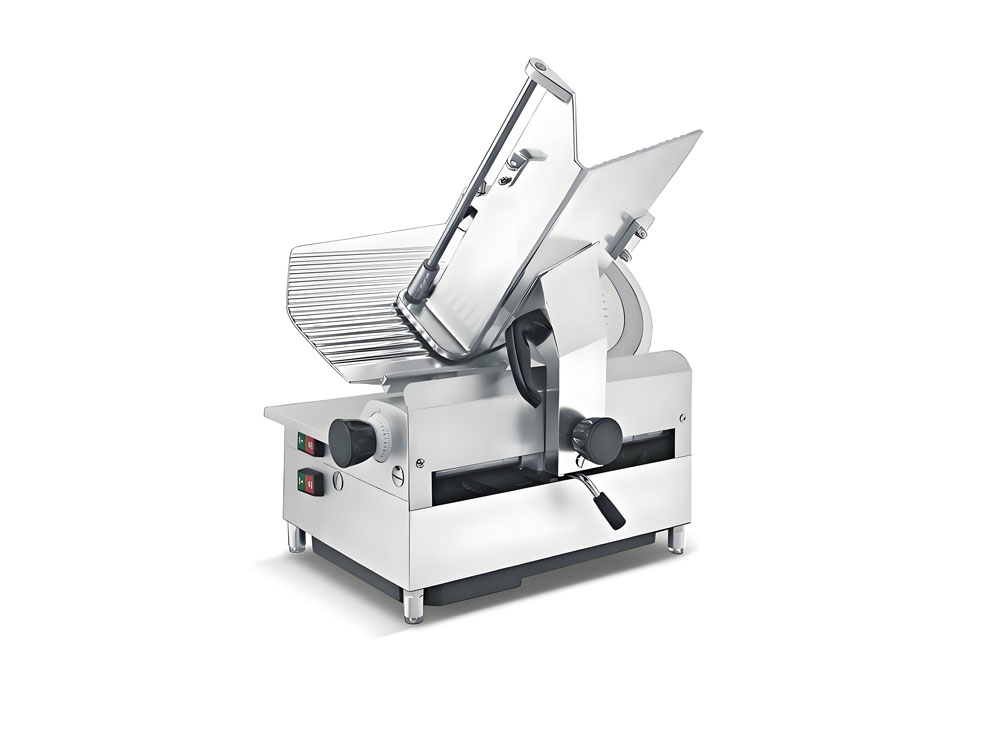
Introduction: The Future of Meat Slicing Technology
In the world of modern kitchens and commercial food preparation, technology continues to revolutionize the way we approach basic tasks. One area where this innovation has made a significant impact is in meat slicing. Gone are the days of hand-slicing meats with a dull knife, struggling for consistency and speed. Today, high-speed meat slicers are taking center stage, promising not only precision but also efficiency at a scale previously unimaginable. The future of meat slicing technology is bright, and those who embrace it are setting the standard for the kitchens of tomorrow.
Why High-Speed Slicing Matters in Modern Kitchens
In a fast-paced world where speed, precision, and hygiene are paramount, high-speed meat slicers offer an undeniable advantage. For commercial kitchens, delis, and butcher shops, the ability to slice meat at lightning speed without compromising quality can drastically improve operational flow. But even in home kitchens, high-speed slicers are gaining traction for their convenience and versatility. As meat processing becomes more intricate and demand for precision increases, high-speed slicers provide an essential solution for meeting these evolving needs.
The Growing Demand for Precision and Efficiency in Meat Processing
Precision in slicing ensures not only uniformity but also portion control, which is crucial for both the culinary industry and consumer satisfaction. With rising demands for fast service, restaurants and food providers can no longer afford delays caused by manual slicing methods. Efficient meat processing saves time, reduces waste, and guarantees quality, all while allowing operators to focus on other aspects of food preparation. The need for high-speed slicers has therefore emerged from the confluence of these two factors: efficiency and precision.
What Is a High-Speed Meat Slicer?
High-speed meat slicers are specialized machines designed to quickly and precisely cut through various types of meats with minimal effort. These machines rely on advanced motors and sharp blades that allow them to slice large quantities of meat in a short period. Whether it's ham, turkey, or even thicker cuts of beef, high-speed slicers are engineered to handle it all with unmatched consistency.
Defining High-Speed Slicing in the Meat Industry
High-speed slicing in the meat industry refers to the ability of a machine to cut large quantities of meat quickly, with a focus on maintaining uniform thickness and high-quality cuts. The rapid movement of the blade, combined with a powerful motor, makes these machines far more efficient than manual or slower mechanical alternatives.
Key Features of a High-Speed Meat Slicer Machine
The core features that distinguish high-speed slicers from other machines are the powerful motor, the sharpness and adjustability of the blade, and the machine’s ability to continuously process meat without requiring frequent stops. Some models also include programmable slicing controls, making them even more adaptable to specific needs. The ergonomic design ensures ease of use, while advanced safety features minimize the risk of accidents.
How High-Speed Slicers Compare to Standard Meat Slicers
Compared to standard slicers, high-speed slicers excel in both speed and consistency. A typical meat slicer may take several minutes to slice through a portion of meat, while high-speed slicers can do the same in a fraction of the time. This capability is essential for large-scale food preparation, as well as for businesses that rely on fast, consistent service. The more powerful motors and sophisticated design of high-speed slicers make them the ideal choice for high-demand environments.
The Benefits of High-Speed Meat Slicing Machines
High-speed meat slicers bring multiple advantages to the table, from saving time to improving safety. Understanding these benefits can help you decide whether this technology is right for your kitchen, whether commercial or residential.
Enhanced Efficiency: More Slices in Less Time
One of the most significant benefits of high-speed slicers is the amount of time they save. In a busy commercial kitchen, time is money, and efficiency is key to keeping operations smooth. A high-speed slicer can process several pounds of meat in mere minutes, allowing workers to focus on other tasks and speeding up overall service.
Consistent Slicing for Perfect Portions
Precision is another advantage. High-speed slicers produce uniform slices every time, eliminating the guesswork and inconsistency often found with manual slicing. Whether you're preparing a sandwich or a charcuterie platter, uniformity ensures that each slice is identical in size and thickness.
Reduced Labor Costs and Increased Productivity
By automating the slicing process, high-speed slicers reduce the need for additional labor. Staff can operate the machine while performing other duties, which increases overall productivity. With less manual work required, the potential for human error is also significantly reduced.
Improved Safety Features for Faster Operation
With enhanced safety features such as automatic shut-off, blade guards, and non-slip feet, high-speed slicers minimize the risk of accidents. These safety measures allow workers to operate the machines with confidence and speed, knowing that the slicer is designed with their well-being in mind.
Boosting Hygiene Standards in Meat Handling
Hygiene is a critical aspect of food preparation, and high-speed slicers address this by being easy to clean and sanitize. Many models feature removable components that can be cleaned thoroughly to prevent cross-contamination. By keeping meat handling sanitary, these machines also help prevent foodborne illnesses.
Choosing the Right High-Speed Meat Slicer for Your Needs
Selecting the right high-speed meat slicer is a critical decision that can impact your operations for years. Factors such as the type of meats you’ll be slicing, the volume of meat to process, and the space available in your kitchen all come into play.
Types of Meat Slicers: Manual vs. Automatic vs. Semi-Automatic
While manual slicers require physical effort to operate, automatic slicers work independently, offering continuous slicing with minimal intervention. Semi-automatic slicers fall somewhere in between, requiring some assistance but still offering convenience. The choice between these types largely depends on the scale of your operation and how hands-off you want the process to be.
Considerations When Buying a High-Speed Slicer Machine
When purchasing a high-speed slicer, it’s important to consider not only the machine’s speed and capacity but also how easy it is to clean, its durability, and its cost-effectiveness. For businesses that rely on heavy usage, investing in a higher-quality machine may be more economical in the long run.
Size, Capacity, and Blade Features
Consider the volume of meat that will need to be sliced regularly. If your kitchen is high-volume, a larger machine with a robust motor and bigger blade will be necessary. Conversely, for smaller operations, a more compact model will suffice without sacrificing performance.
Power and Motor Strength: What You Need to Know
The power of the motor is a key factor in the slicing performance. Machines with higher horsepower can slice through tougher cuts of meat, including frozen meats, with ease. A strong motor ensures consistent, fast operation over longer periods without overheating.
Durability and Build Quality: Materials That Last
Durability is crucial when selecting a meat slicer, especially in high-demand environments. Stainless steel, aluminum, and other durable materials are commonly used to build high-quality machines that can withstand frequent use and resist corrosion.
How High-Speed Meat Slicing Machines Work
At the core of a high-speed slicer is its motor and blade mechanism. These components work in harmony to deliver efficient, consistent slices without faltering under pressure.
The Role of the Blade and Motor in High-Speed Slicing
The blade is typically made of high-carbon steel, known for its sharpness and ability to hold an edge. Coupled with a powerful motor, this blade moves rapidly, making quick work of meat without shredding or bruising it. The motor controls the speed of the blade and ensures the slicer can handle large quantities without difficulty.
Advanced Mechanisms for Smooth and Rapid Slicing
Many high-speed slicers are designed with advanced mechanisms, such as oscillating or rotating blades, that ensure smooth slicing action. These systems allow the blade to maintain a consistent slicing speed, even when dealing with challenging meat cuts.
The Importance of Blade Sharpening and Maintenance
Proper maintenance is essential for the continued performance of a high-speed slicer. Blades should be regularly sharpened to maintain efficiency and precision. Failure to do so can result in uneven slices and increased wear on the motor.
How High-Speed Slicers Handle Different Meat Types
From delicate deli meats to denser cuts like roast beef or even frozen items, high-speed slicers are engineered to handle a wide variety of meat types. Adjustable settings allow operators to customize the thickness of slices, making these machines versatile for many different needs.
Key Features to Look for in a High-Speed Meat Slicer Machine
When shopping for a high-speed meat slicer, certain features make all the difference in performance and ease of use.
Speed Control Options for Optimal Precision
Being able to control the slicing speed is a feature that greatly enhances precision. For delicate meats or when a specific slice thickness is required, fine-tuned speed control is invaluable.
Blade Adjustability for Different Thicknesses
Adjustable blades allow the operator to control slice thickness, from paper-thin deli cuts to thicker portions suitable for roasts or steaks.
Automatic Feed Systems for Continuous Operation
Automatic feed systems help to maintain consistent slicing by continuously pushing the meat toward the blade, eliminating the need for constant manual intervention.
Easy-to-Clean Designs for Better Hygiene
Slicers with removable parts or smooth, non-porous surfaces make the cleaning process much easier, reducing the chances of cross-contamination and improving overall food safety.
Noise Reduction Features for Quieter Operation
Noise can be a significant issue in busy kitchens. Many modern high-speed slicers are designed with noise reduction features to ensure a quieter, more pleasant environment for workers.
Top Brands and Models of High-Speed Meat Slicers
Several leading brands have distinguished themselves in the high-speed meat slicer market by offering exceptional quality, reliability, and innovation.
Industry Leaders in High-Speed Slicing Technology
Brands like Hobart, Berkel, and Globe have long been recognized for their expertise in the development of meat slicers. Their models are known for their reliability, efficiency, and ease of use in both commercial and industrial settings.
Comparative Review of Popular High-Speed Meat Slicers
Comparing the top models on the market reveals subtle differences in design, performance, and price. Whether you're looking for a budget-friendly option or a high-end commercial slicer, there's a model to suit every need.
What Sets the Best Meat Slicers Apart from the Rest?
The best high-speed meat slicers are those that combine powerful motors, durable materials, user-friendly features, and safety measures. Quality is reflected in the longevity and performance of the machine.
Meat Slicer Machine Safety: What You Need to Know
Safety is paramount when using high-speed meat slicers, as the power and speed of these machines can pose a risk to operators if not properly handled.
Essential Safety Features in High-Speed Slicers
Safety features such as blade guards, emergency shut-off buttons, and safety switches are essential to prevent accidents. Ensuring the machine has these features will provide peace of mind when operating at high speeds.
Training Employees for Safe Operation
Proper training for operators is crucial. Ensuring that every employee understands how to safely operate and clean the slicer will help minimize risks and maintain efficiency.
Preventing Accidents and Ensuring a Safe Work Environment
A well-maintained slicer and a clean, organized workspace are vital for preventing accidents. Regular safety checks and proper safety equipment, such as gloves and aprons, should always be used.
How to Handle a Meat Slicer Safely for Home Use
Though high-speed slicers are often seen in commercial kitchens, many models are suitable for home use as well. When using a slicer at home, always follow the manufacturer’s safety guidelines, keep hands away from the blade, and ensure the machine is securely placed.
How to Maintain and Care for Your High-Speed Meat Slicer
Proper care and maintenance are key to ensuring your slicer continues to function effectively and efficiently for years to come.
Regular Cleaning and Sanitization Tips
Regular cleaning after every use helps to prevent bacteria buildup and keep the slicer in top condition. Disassemble the machine where possible, wipe down all surfaces, and sanitize with appropriate cleaning agents.
How to Properly Sharpen and Replace Blades
A sharp blade is essential for smooth and precise slicing. Use a specialized sharpener or have your blades professionally honed to ensure the best performance. Replacing blades when necessary also prevents dullness that can lead to uneven cuts.
Troubleshooting Common Issues with High-Speed Slicers
Common issues like inconsistent slicing or a stuck blade can usually be resolved through routine maintenance, such as cleaning, lubrication, and proper blade adjustment.
Preventative Maintenance to Extend Machine Life
Preventative maintenance, such as keeping the motor free from dust, tightening loose screws, and replacing worn parts, can significantly extend the lifespan of your slicer.
High-Speed Meat Slicing in Commercial Kitchens
Commercial kitchens rely heavily on high-speed slicers to maintain consistent service quality, speed, and accuracy.
The Role of High-Speed Slicers in Delis and Butcher Shops
In delis and butcher shops, high-speed slicers are indispensable for efficiently preparing large volumes of meat to order. These machines help ensure customers receive precisely sliced portions every time.
How Restaurants Benefit from High-Speed Meat Slicers
For restaurants, high-speed slicers reduce preparation time, allow for better portion control, and enable faster order fulfillment. With the demand for fresh ingredients and quick service, high-speed slicers are a valuable asset.
Scaling Production: From Small to Large-Scale Operations
Whether a small butcher shop or a large-scale meat processing plant, high-speed slicers can scale to meet varying demands. The ability to increase production while maintaining quality is essential as operations grow.
How High-Speed Slicers Can Streamline Your Food Service Business
By streamlining meat preparation, high-speed slicers free up employees for other tasks, leading to a more efficient workflow in food service establishments.
Frequently Asked Questions About High-Speed Meat Slicers
When it comes to purchasing and using a high-speed meat slicer, many people have questions about their functionality, safety, and maintenance. Below are some of the most frequently asked questions that can help you make an informed decision before investing in one of these powerful machines.
What Is the Difference Between a High-Speed Meat Slicer and a Regular Meat Slicer?
The primary difference between a high-speed meat slicer and a regular meat slicer lies in the speed, power, and design. High-speed meat slicers are engineered to operate at faster speeds with more powerful motors, allowing for continuous slicing of large quantities of meat without losing consistency. In contrast, regular meat slicers often have slower motors and may require more manual effort and breaks during operation. High-speed slicers are ideal for high-demand environments like commercial kitchens, delis, and butcher shops, where efficiency and speed are crucial.
Can I Use a High-Speed Slicer for All Types of Meat?
High-speed meat slicers are versatile machines that can slice a wide range of meat types, from deli meats to roasts and even frozen meat. However, some models may be better suited for certain types of meat than others. For instance, thicker cuts of meat or frozen items require slicers with more robust motors and durable blades. It’s essential to check the specifications of the slicer to ensure that it’s capable of handling the type of meat you intend to slice. Most high-speed slicers can handle everything from thin deli cuts to thicker steak slices with ease.
How Can I Ensure My High-Speed Slicer Lasts for Years?
To extend the lifespan of your high-speed meat slicer, regular maintenance and proper care are essential. First and foremost, clean the machine thoroughly after each use to prevent buildup of food residue and bacteria. Sharpen the blade regularly, as a dull blade can cause strain on the motor and affect slicing quality. It’s also important to lubricate the machine as recommended by the manufacturer, and check for any loose parts or wear on the blade that could affect its performance. Additionally, always store the slicer in a dry, clean environment to prevent rusting.
Are High-Speed Slicers Safe for Home Use?
While high-speed meat slicers are commonly found in commercial kitchens, many models are designed for residential use as well. When used properly, high-speed slicers can be safe for home kitchens. However, safety precautions are essential. Always follow the manufacturer’s instructions, and make sure that the slicer is securely positioned on a stable surface. Ensure that you are using the machine while wearing appropriate protective gear, such as gloves, and keep hands and clothing away from the blade during operation. Additionally, never leave the slicer unattended while it’s in use, especially in a home setting.
How Do I Choose the Right High-Speed Slicer for My Business?
Choosing the right high-speed slicer for your business depends on several factors. First, consider the volume of meat you need to slice. If your business requires high-volume slicing on a daily basis, you’ll need a slicer with a powerful motor, large blade capacity, and a high cutting speed. Next, think about the types of meat you’ll be processing. Some slicers are designed specifically for delicate deli meats, while others can handle tougher cuts of meat or frozen items. Finally, consider the space available in your kitchen, as high-speed slicers can be quite large. Features such as easy cleaning, safety mechanisms, and durability should also be taken into account.
How Do I Maintain the Blade on a High-Speed Meat Slicer?
Maintaining the blade on a high-speed meat slicer is crucial for ensuring smooth and precise cuts. Regular sharpening is essential, as a dull blade can result in uneven slices and put unnecessary strain on the motor. Depending on the model, you may need to use a manual or automatic sharpener, or you may need to have the blade professionally sharpened. Also, ensure that the blade is kept clean and free of any food particles that could dull it over time. If you notice any nicks or damage to the blade, it’s essential to replace it immediately to avoid compromising performance and safety.
Can High-Speed Slicers Be Used for Vegetables and Cheese?
Yes, many high-speed slicers are versatile enough to slice vegetables and cheese, provided they are equipped with the right blades and settings. However, some slicers are specifically designed for meats and may not perform as well with other food items. If you plan to use the slicer for a variety of foods, including vegetables or cheese, look for models that offer adjustable blade settings and ensure that they have the appropriate blade attachments for different food types. Always consult the manufacturer’s instructions to confirm what the slicer is capable of handling.
What Are the Most Common Issues with High-Speed Slicers?
The most common issues with high-speed slicers include inconsistent slicing, a dull blade, or a malfunctioning motor. Inconsistent slicing is often due to improper blade adjustment or buildup of food residue. A dull blade can result from overuse or inadequate sharpening, which can also cause the motor to overheat or strain. Regular maintenance and troubleshooting can usually resolve these issues. Another common problem is the slicer becoming misaligned, which can cause difficulty in achieving even slices. Regular cleaning, lubrication, and blade maintenance will help prevent these issues from arising.
What Safety Features Should I Look for in a High-Speed Meat Slicer?
Safety is paramount when using any meat slicer, and high-speed slicers are no exception. Essential safety features to look for include a blade guard, which helps to protect the operator from coming into direct contact with the blade. An emergency shut-off switch is another important feature, allowing for quick shutdown in case of malfunction. Non-slip feet or suction cups will ensure that the slicer remains stable during use. Some high-speed slicers also come with automatic shut-off features when the blade is exposed for cleaning, adding an additional layer of safety. Always make sure that your slicer meets industry-standard safety requirements before use.
How Much Do High-Speed Meat Slicers Cost?
The price of high-speed meat slicers varies widely depending on the brand, features, and capacity of the machine. For smaller, home-use models, you might find options starting at a few hundred dollars. However, commercial-grade high-speed slicers can cost several thousand dollars, especially if they feature advanced technologies such as automatic feed systems, programmable controls, or stainless steel construction. While the initial investment may be high, the increased efficiency, consistency, and labor savings that come with these machines can make them a worthwhile investment in the long run.
How Can I Maximize the Longevity of My High-Speed Meat Slicer?
To ensure your high-speed meat slicer lasts for many years, regular upkeep is essential. Always follow the manufacturer’s maintenance guidelines, including lubrication and cleaning procedures. After every use, disassemble the slicer as needed and sanitize all components. Periodically check for signs of wear, such as loose screws or an uneven blade, and address them before they become major issues. Additionally, always store the slicer in a dry, safe area to prevent corrosion, and ensure that it’s properly covered when not in use.
Conclusion: Elevating Your Meat Slicing Game with High-Speed Machines
Upgrading to a high-speed meat slicer can significantly enhance the efficiency, consistency, and overall performance of your kitchen, whether in a commercial setting or at home. These machines offer numerous benefits, from increased slicing speed to improved hygiene and safety. While the initial investment may be substantial, the long-term savings in labor costs, increased productivity, and reduced waste make high-speed slicers a smart choice for anyone looking to elevate their meat slicing operations. As technology continues to evolve, the future of meat slicing looks promising, with even more innovations on the horizon.
Must-Read Blogs For Chain Restaurants Owner








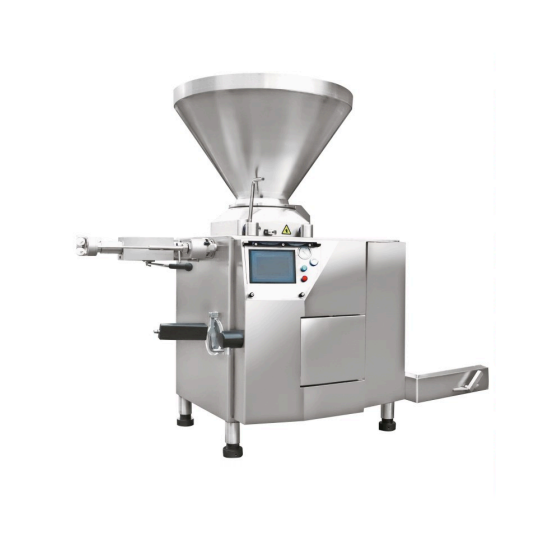
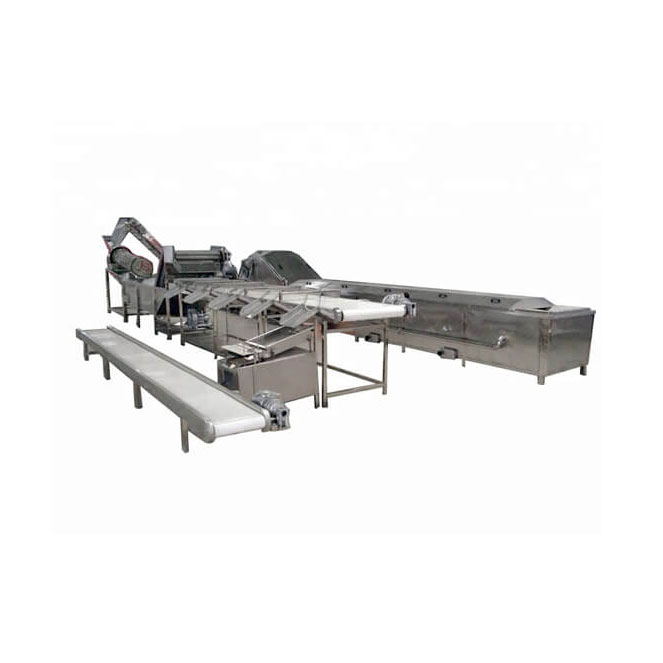
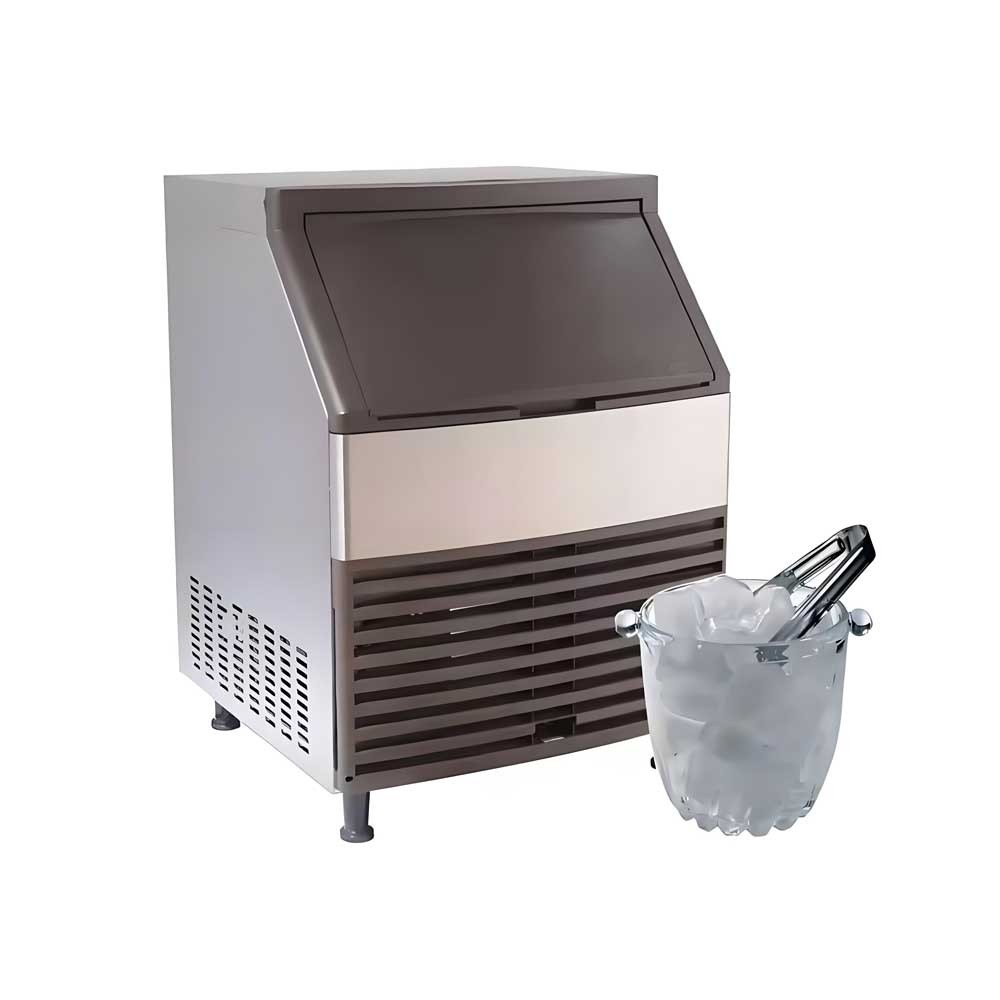
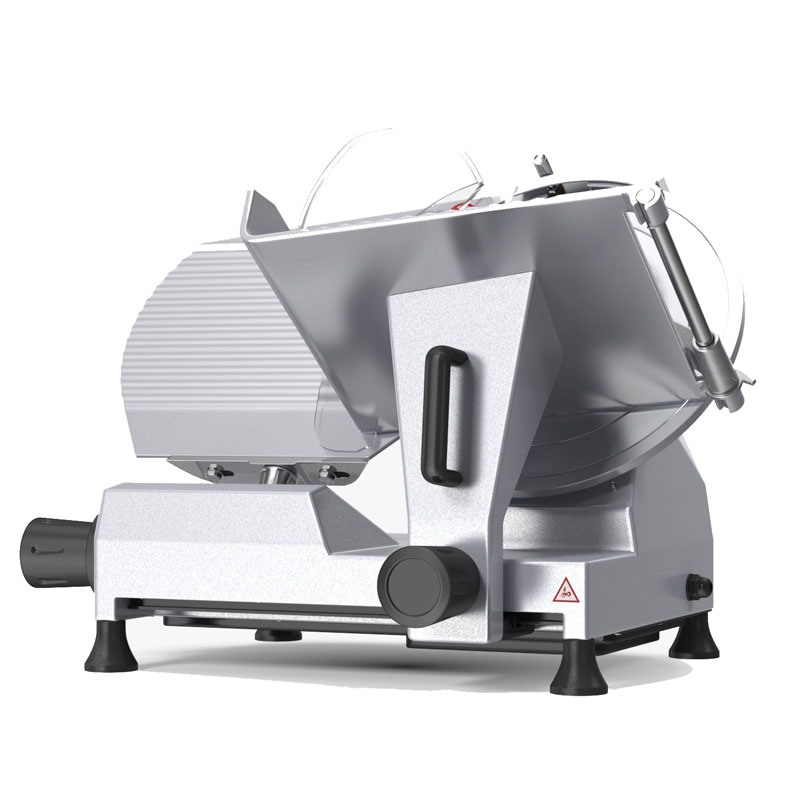 Heavy Duty Meat Slicer Machine
Heavy Duty Meat Slicer Machine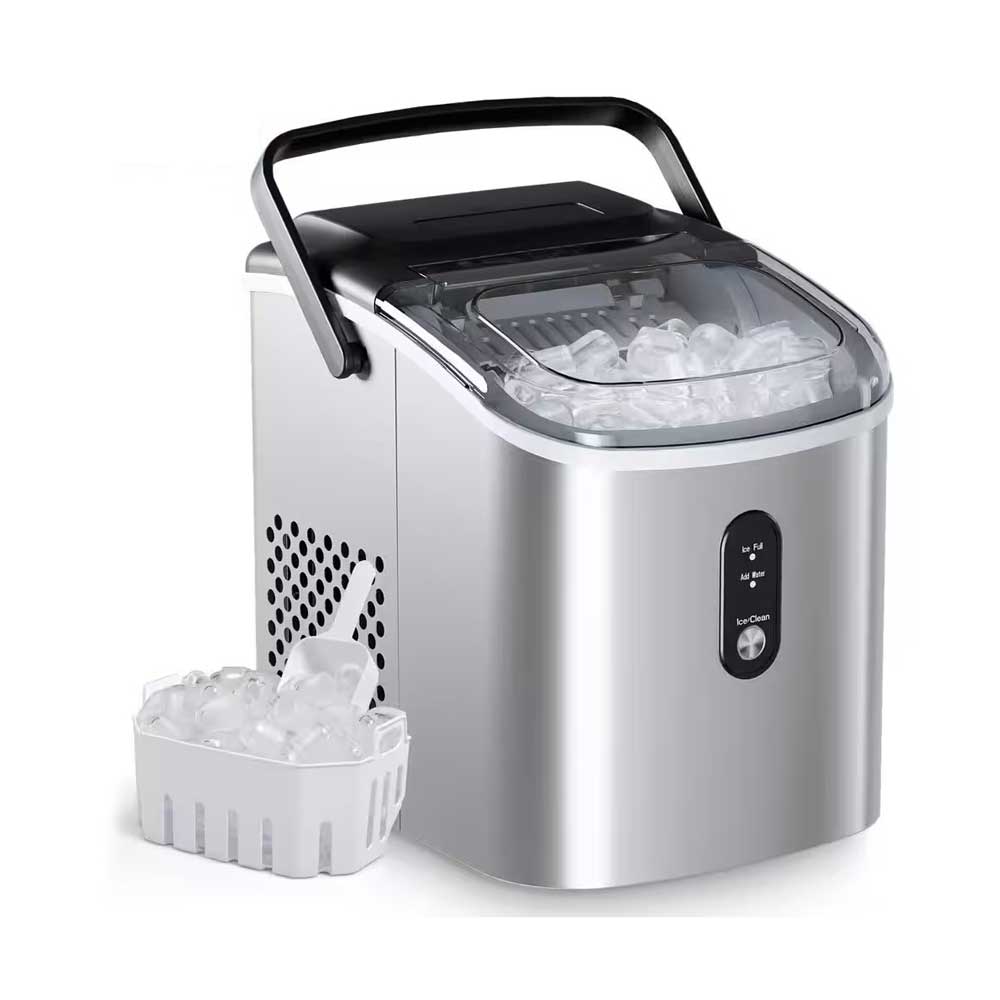 Portable Flake Ice Machine
Portable Flake Ice Machine
Ready to Get Started?